bunker history
The Bunker wasn’t always a place of laughter and entertainment. This unique underground building, now known as the Spiritual home of cartooning in Australia, was originally built to house communication equipment during World War II.
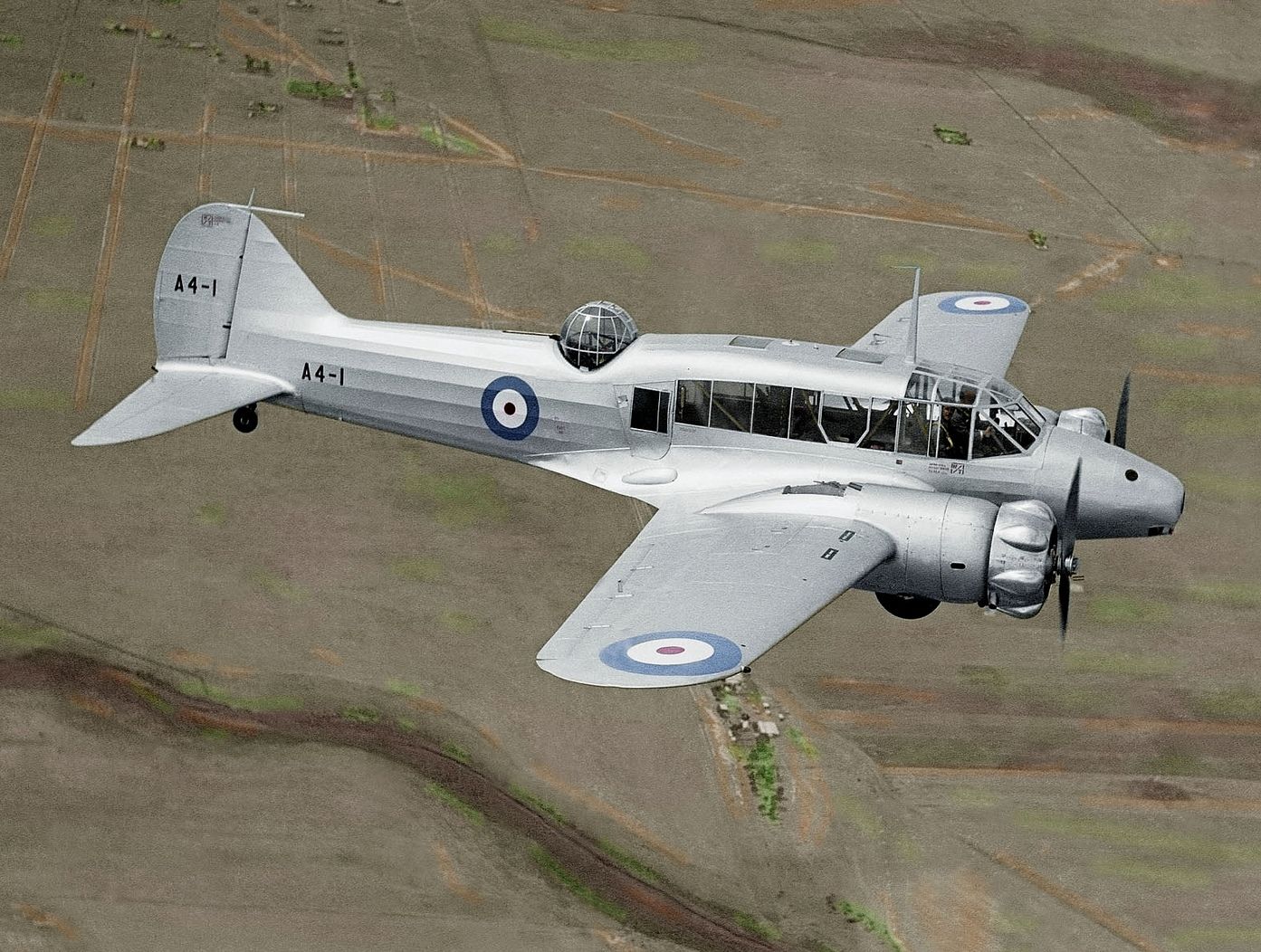
Let’s go back to WWII …
Japan first attacked the Australian Mainland with air raids on Darwin and the North Coast in 1942. Australia was under threat and most of our troops and allies were fighting in other countries and unavailable to help.
Consequently, the Royal Australian Navy warships were called in to escort convoys of supply ships travelling between Newcastle and the Queensland border with the authority to attack if needed. Royal Australian Air Force bombers protected these convoys from the air.
Base Operations Unit No. 12 was established in Coffs Harbour in 1943 for this mission and was made up of Avro Anson and Beaufort Bombers.
The Base was needed to communicate with its aircraft, control area and Command Headquarters.
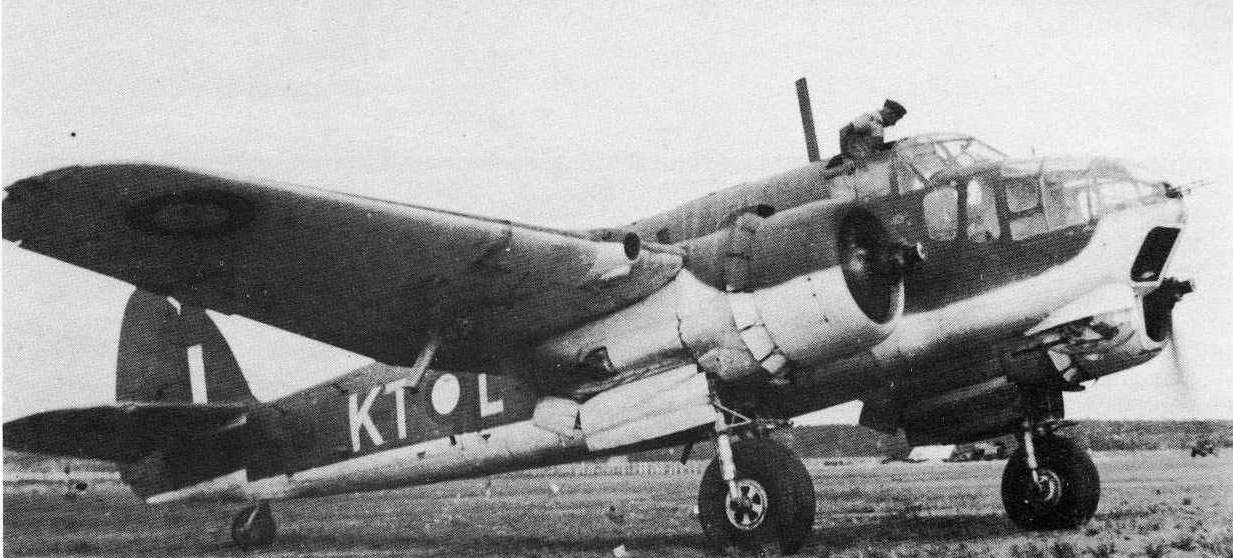
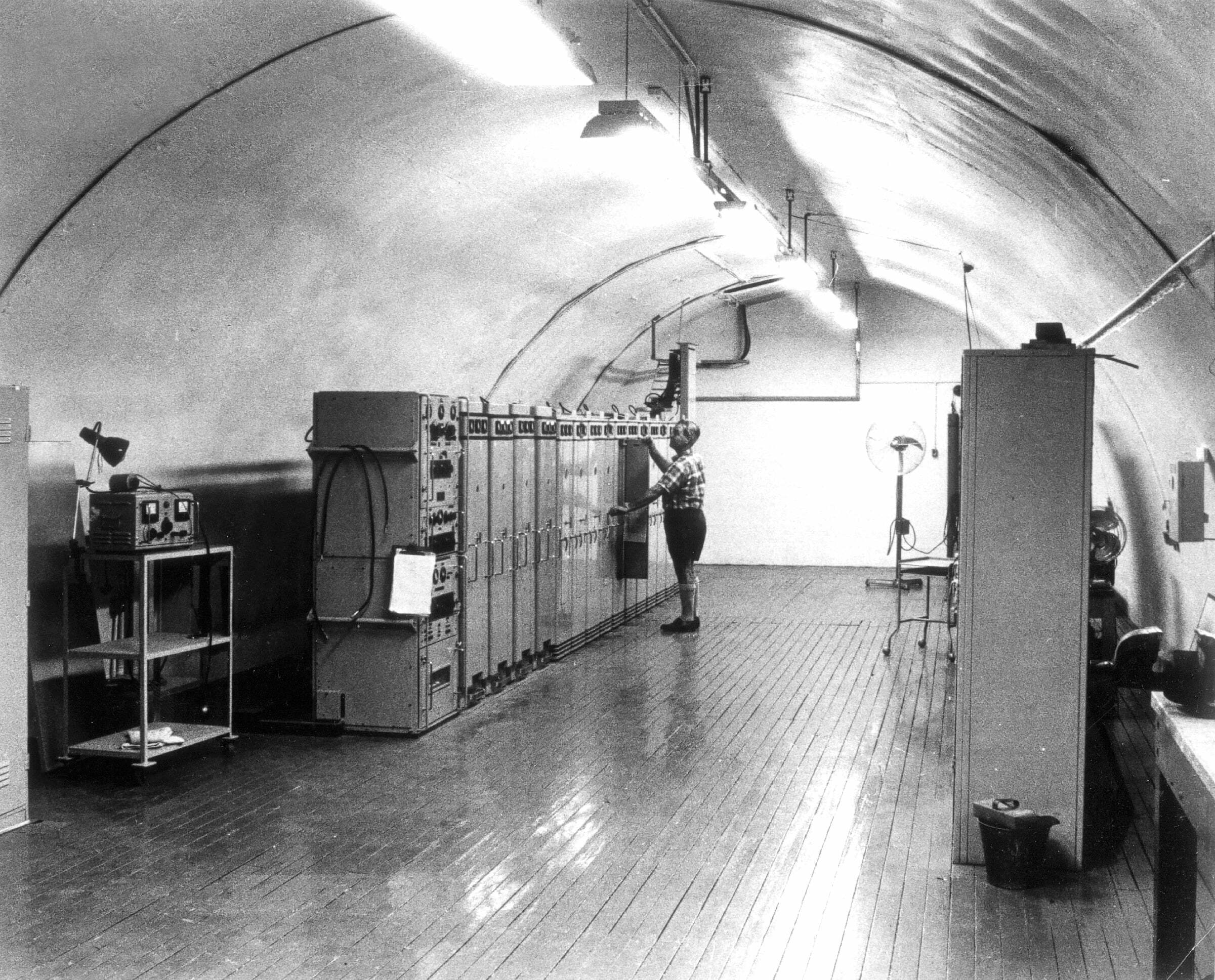
Radio communication equipment and personnel were of critical importance, kept safe from attack by placing them in the specially constructed underground bunker near the airfield on what we now know as City Hill. The bunker continued to be used as a communication facility by the Civil Aviation Authority until 1980, gradually falling into disrepair after it closed.
Many locals have shared stories of playing in the abandoned bunker as kids during this time and speak of the underground tunnels believed to connect other bunkers in the area. Very few still stand today, and the community is fortunate to have this important piece of history.
In 1985 the Coffs City Rotary Club started a national competition for black and white cartoons. Entries to the competition formed the foundation of the gallery’s current collection.
When the Coffs Harbour City Council was considering a proposal to redevelop City Hill as a Civic Cultural Centre Rotarian John Champion became aware of the derelict underground bunker. John proposed the idea of redeveloping this unique space into a permanent home for the ever-growing cartoon collection. He presented the concept to his Rotary Club and thanks to an incredible display of community spirit & generosity the Bunker Cartoon Gallery was born.
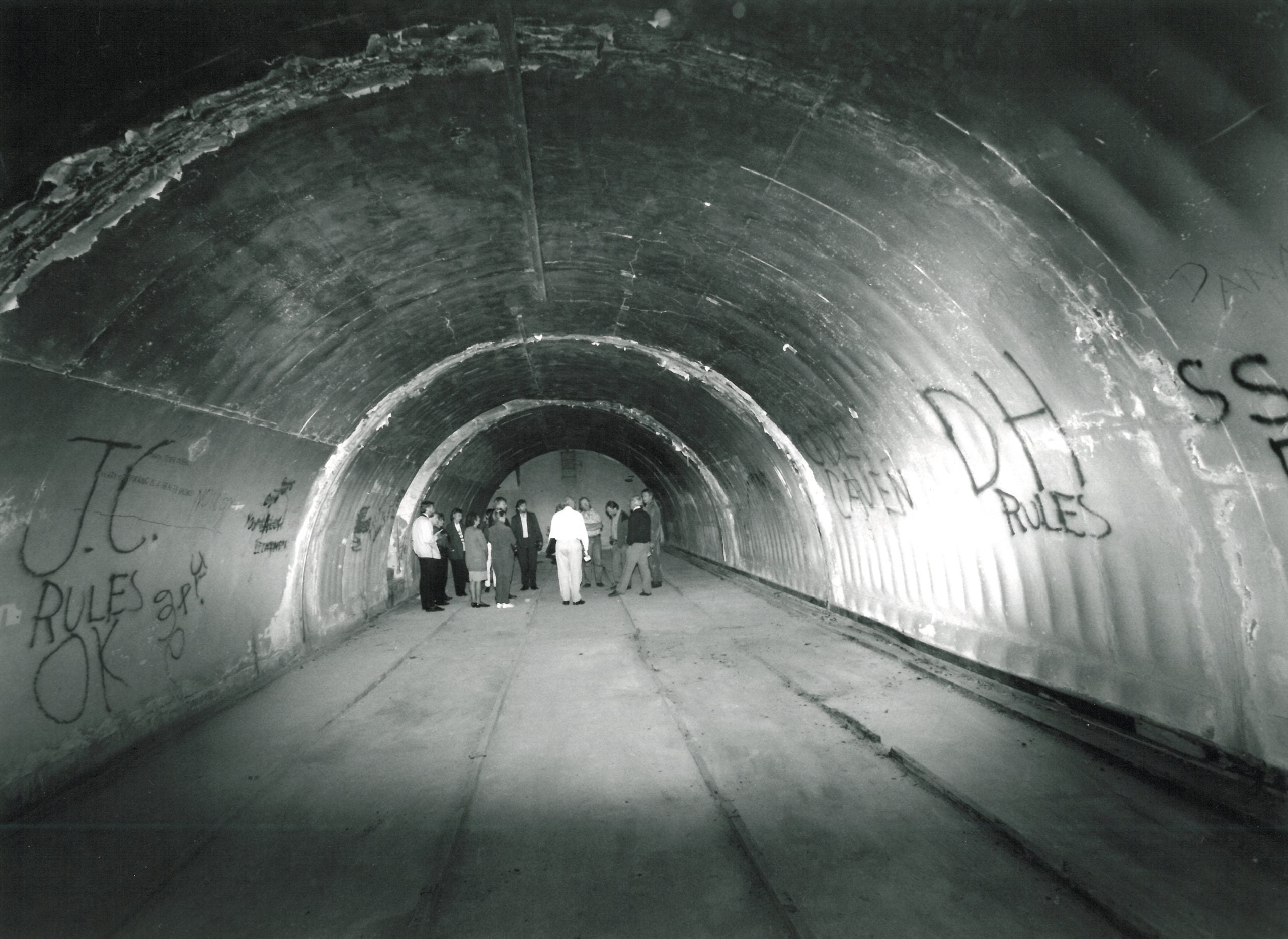
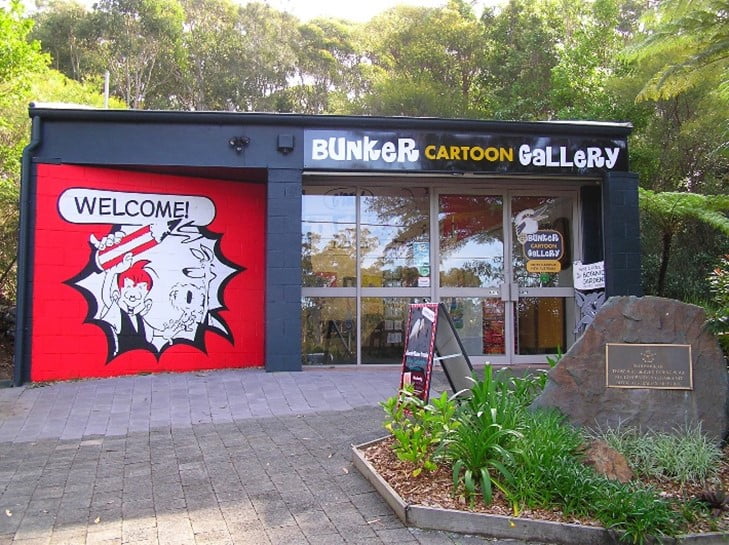
The gallery now hosts changing exhibitions, cartooning workshops and many other special events including the annual Rotary Cartoon Awards. The gallery and the cartoon competition are highly regarded in the cartooning community and have been awarded a Stanly Award for contribution to cartooning in Australia.
Entries to the competition continue to add to the gallery’s collection of over 23,500 works, forming the largest privately- owned cartoon collection in the southern hemisphere.
The Bunker played an extremely important role in facilitating communication during WWII and today continues that exchange but in a very different way. Now known as the National Cartoon Gallery, the bunker communicates via its collection, conservation and interpretation of cartoons.
This unique attraction has just completed yet another major transformation. Again, through generosity and dedication from our community, the gallery has emerged from the ground and now includes a shop, cafe, cinema, community room and double the exhibition space on top of the current gallery.
We have plans to create a hi-tech, permanent exhibition - The History of Australia Through the Eyes of Cartoonists. Using satire and irony to educate and entertain, the gallery is well on its way to becoming a global icon! Keep an eye on our socials and the website for regular updates as we get closer to completing this fantastic project.
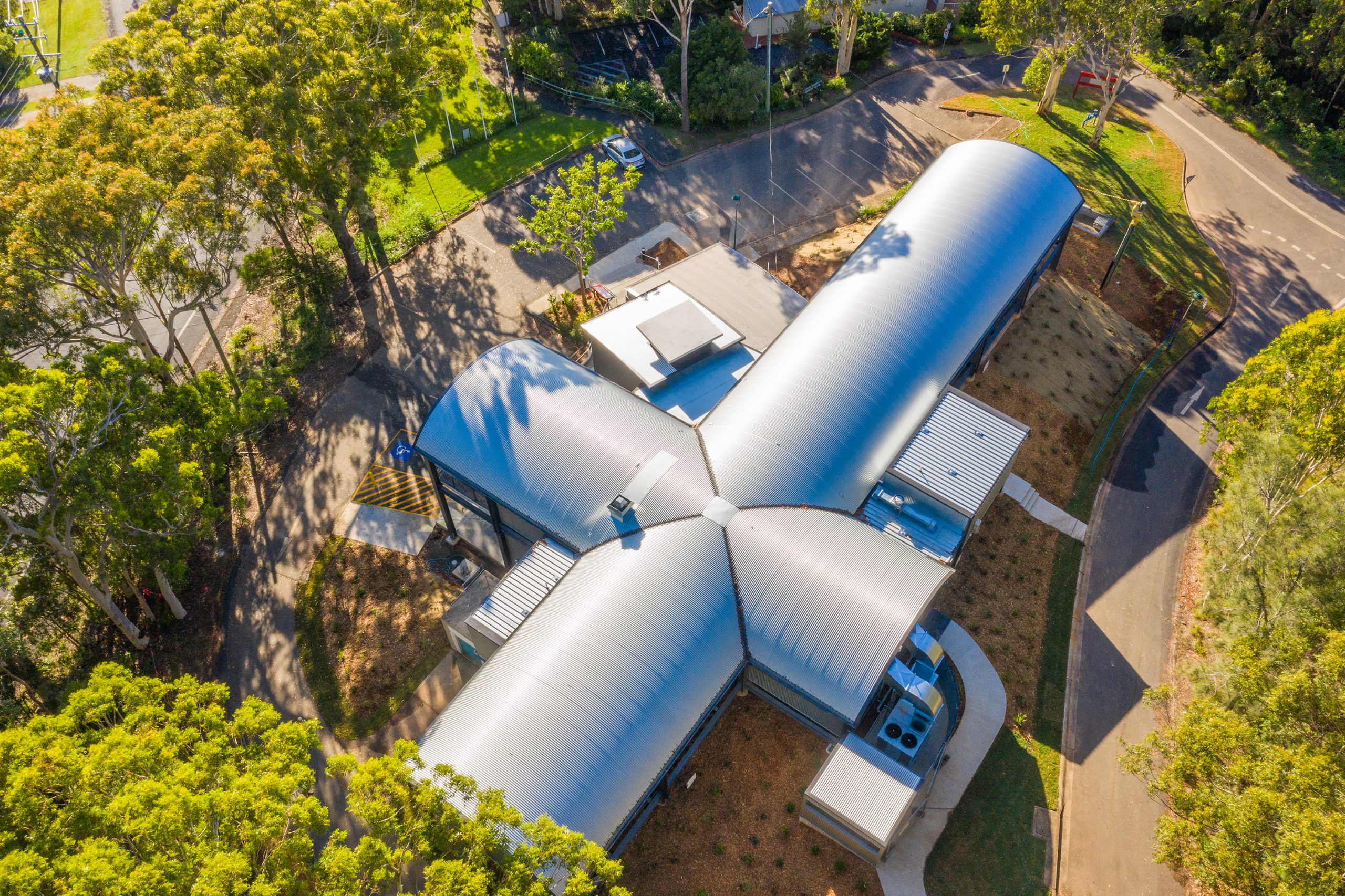
This unique attraction has just completed yet another major transformation. Again, through generosity and dedication from our community, a new gallery space has been completed which is currently being transformed into the National Holden Car Museum. Keep an eye on our socials and the website for regular updates as we get closer to completing this fantastic project.
